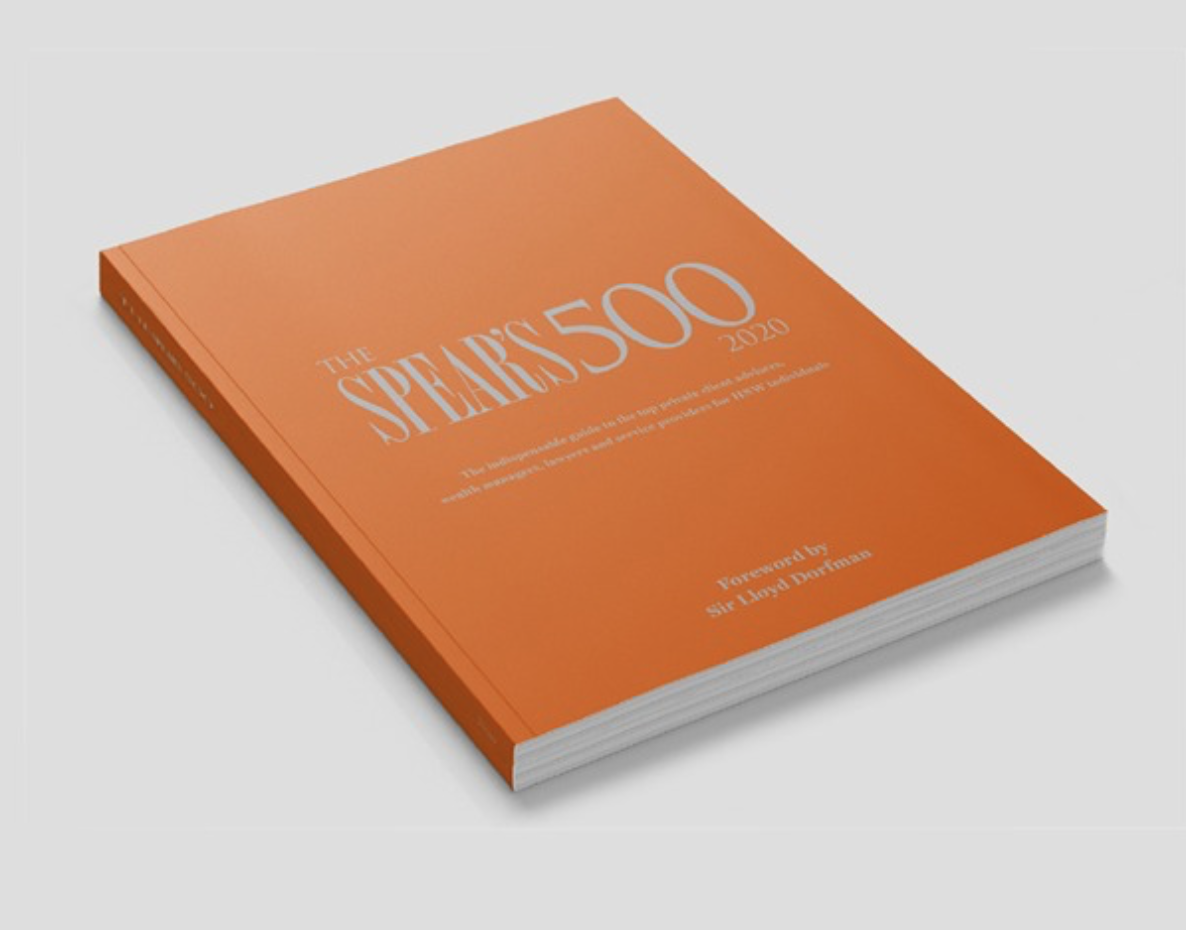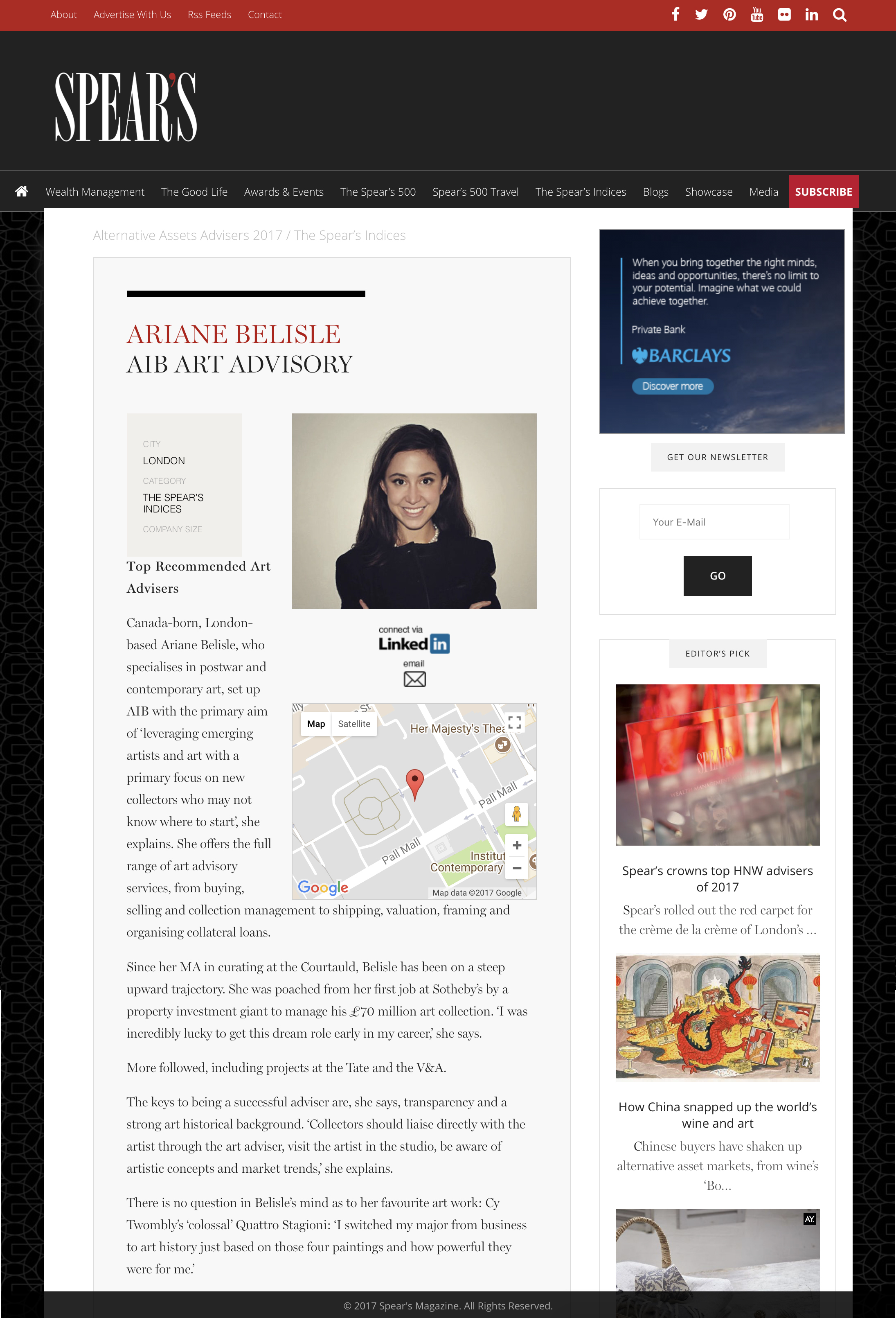Published in Candid Magazine, 04 August 2018
Exhibiting artworks by eight emerging Pakistani artists, Cultivating Wastelands is the second collaborative project between Project Art Divvy and Rossi & Rossi gallery in London. Currently on view until August 17that Rossi & Rossi in the art hub St. James’s, the show highlights the widespread effects of rapid industrialization and urbanization. Candid Magazine’s Ariane Belisle sat down with the curator of the exhibition and founder of Art Divvy, Zahra Khan, to discuss the exhibition.
Exhibiting artworks by eight emerging Pakistani artists, Cultivating Wastelands is the second collaborative project between Project Art Divvy and Rossi & Rossi gallery in London. Currently on view until August 17that Rossi & Rossi in the art hub St. James’s, the show highlights the widespread effects of rapid industrialization and urbanization. Candid Magazine’s Ariane Belisle sat down with the curator of the exhibition and founder of Art Divvy, Zahra Khan, to discuss the exhibition.
Ariane Belisle: ‘While the exhibition is grounded in Pakistan, the themes explored – namely, land reclamation, indiscriminate development and a disregard for the environment – are global issues. Why do you feel it’s important to explore these subjects now?’
‘Zahra Khan: The idea behind Cultivating Wastelands was to highlight how artists are responding to and reacting within their urban and rural surroundings. Specifically, how artists are delving into swiftly growing environmental issues, like altering landforms, caused by human interventions. I think it was always important to explore these changes, but now it is absolutely imperative. Global warming and environmental transformations are exceedingly apparent. Unfortunately, many nations are continuing to pursue policies that are detrimental, and it is important to speak out against these activities.’
AB: ‘In the first room, Omer Wasim and Saira Sheikh’s photographs Studies for a Failed Monument, 2017 are displayed alongside their two-channel video installation MVI_4437 & MVI_5037 (from The Impossibility of Loving a Stone), 2017 and Zahra Malkani and Shahana Rajani’s digital video Jinnah Avenue, 2018. These mediums have traditionally been seen as the most reliable forms of documentation. How are they used here to drive awareness?’
ZK: ‘Although both works are videos, they couldn’t be more different. That is the beauty of video art, it can be as quiet and subtle as needed, or as informative, but it is an art form, not a documentary.’
‘Zahra and Shahana are mapping out portions of Karachi, through the construction of a road called Jinnah Avenue. Their video has a clear story that is organized through a spoken narrative and moving imagery ecological transformations resulting from human action.’
‘Omer and Saira’s two channel piece focuses on a single frame – an image of a rock. In this exhibition, the video is accompanied by a beautiful publication. The piece encourages viewers to consider the history and the constitution of the rock. Slow down and pay attention.’
AB: ‘Seher Naveed’s gate illustrations explore the temporary barricades and obstructions within urban areas Tough Gates – House, 2018. How do these works further the exhibition’s narrative?’
ZK: ‘Cultivating Wastelands conveys the artists’ interactions with their surrounding urban neighbourhoods or landscapes. Seher’s gate series highlights the effects of urban construction upon the unity of a community and the psychology of its society. These individual gates serve as a means to guarantee safety. However, these increasingly elaborate barriers are primarily separating communities and intensifying the gaps in society. Leading to increased suspicion.’
AB: ‘Mamoona Riaz’s works on paper – namely, Lifelike, 2018 and Like Clockwork, 2018 – are beautifully intricate. Could you tell us a bit more about her artistic process?’
ZK: ‘Mamoona Riaz trained in the miniature painting tradition. Her work has retained the delicate, fine quality that miniature art is renowned for, but Mamoona, like many contemporary miniature artists in Pakistan, has expanded her repertoire and process. Her art is influenced by the cities within which she has lived. Like other artists in this show, Mamoona is working within the sphere of geographical mapping. She overlays finely drawn city grids, creating overlapping layers, replicating a city’s urban plan, thereby emphasizing oneness with the city. The need to match your own internal rhythm with that of your city.’
AB: ‘The theme of the exhibition culminates in the final room where four works by Suleman Aqeel Khilji illustrate the perpetual damage caused by manmade interventions, while simultaneously highlighting its beauty. How does this dichotomy manifest itself here?’
ZK: ‘Suleman’s paintings and drawings are particularly beautiful. He has presented iconic scenes of the rugged landscapes and mountains of Quetta and the canal of Lahore, iconic imagery of the two cities within which he grew up, and that have influenced his identity and artistic practice. Suleman presents these natural landscapes in muted blacks and greys, but the works are punctuated by vibrantly painted floating objects, representing the masses of plastic that is carelessly flung, marring the beauty of these views.’
AB: ‘Cultivating Wastelands is the second of a series of collaborative projects between Project Art Divvy and Rossi & Rossi, a partnership geared towards extending support and promoting a new generation of Pakistani artists. How has Art Divvy developed since its inception and what is your long-term strategy in regards to its development?’
ZK: ‘Art Divvy is a platform to promote contemporary Pakistani art within the country and internationally. In Pakistan, I am engaging with museums in order to increase the public interaction with contemporary art. Last year, Art Divvy organized Imran Qureshi and Aisha Khalid’s first museum show in Pakistan at the National Art Gallery, Islamabad, and this year we held the first contemporary art exhibition at the Fakir Khana Museum & Haveli, Lahore’s only private museum.’
‘In London, Art Divvy and Rossi & Rossi are partnering on a series of five exhibitions to promote artists from Pakistan and engage with a completely new audience. It is going quite well – I am already planning the third in the series.’
Words by Ariane Belisle
Cultivating Wastelands at Rossi & Rossi, 21 Georgian House, 10 Bury Street, London SW1Y 6AA, 12 July to 17 August 2018








































